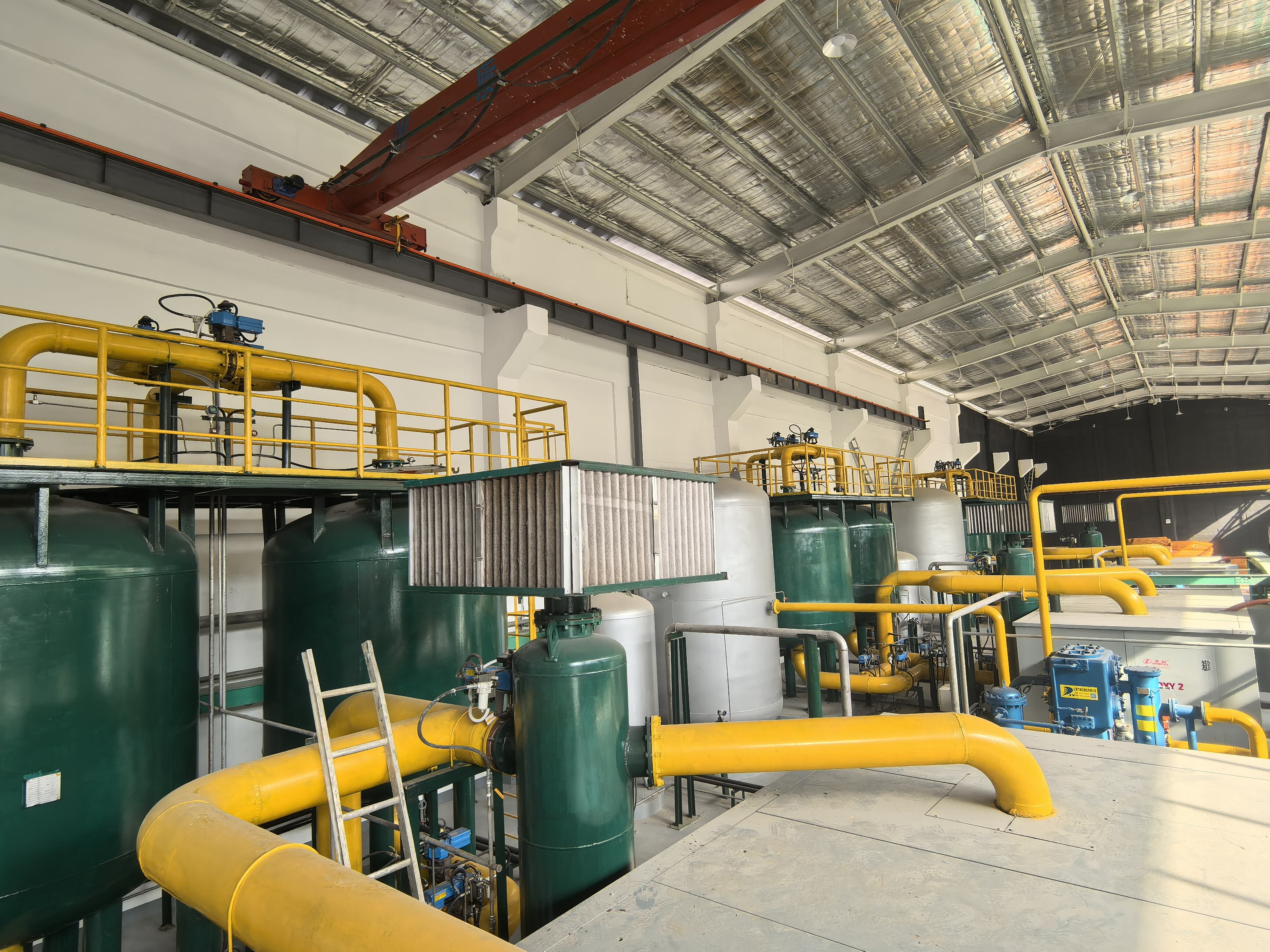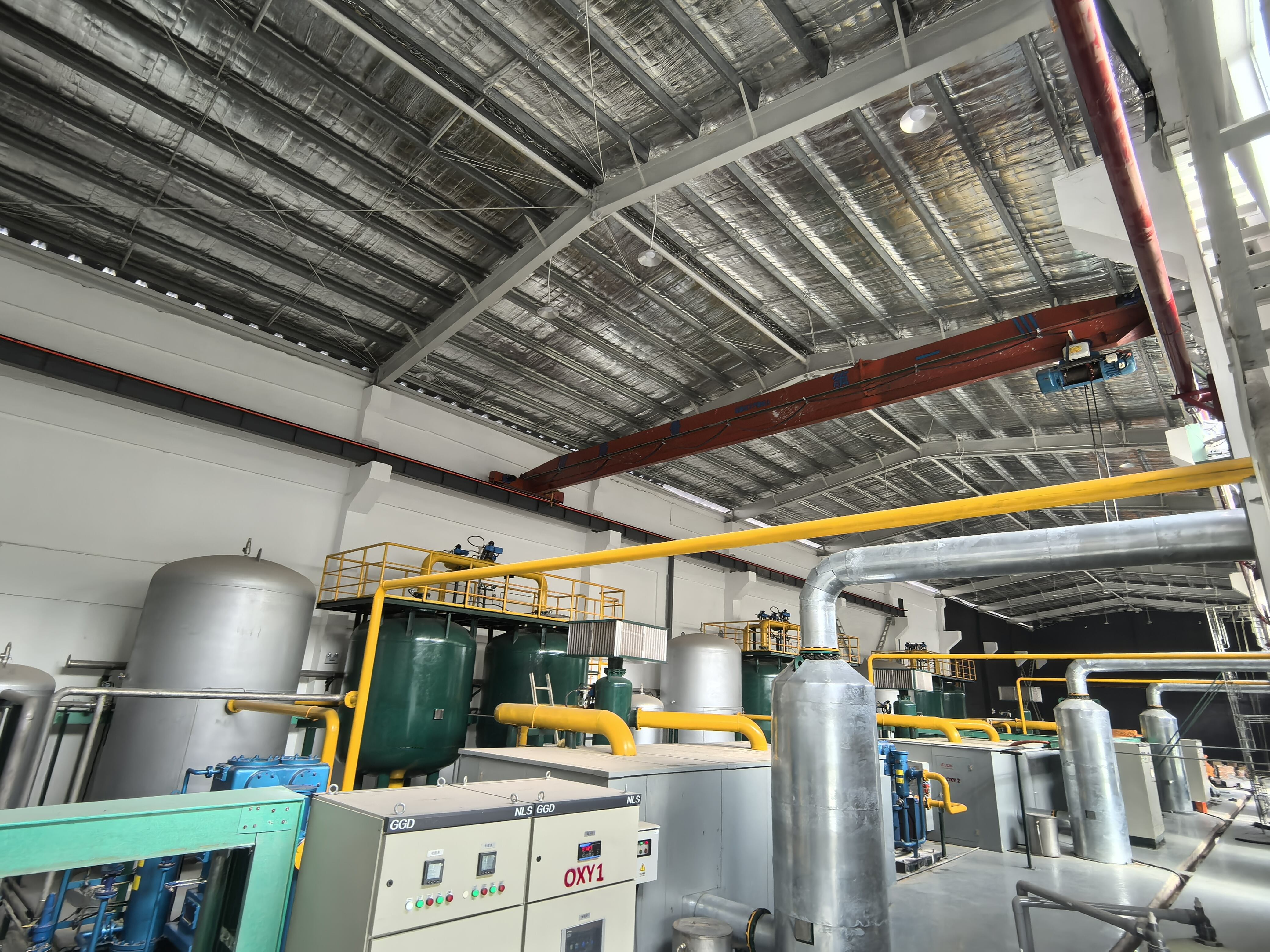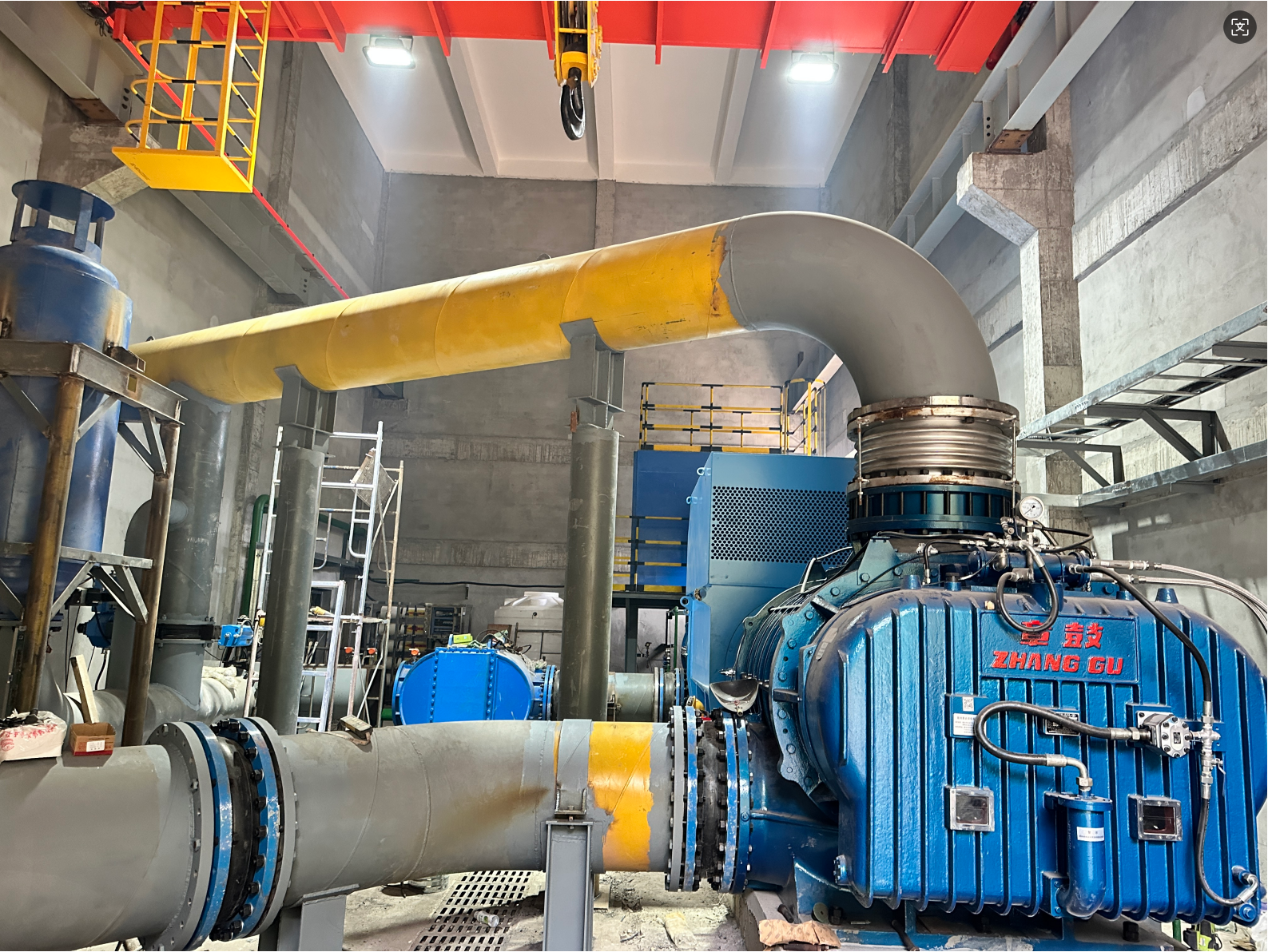psa system for oxygen
The PSA (Pressure Swing Adsorption) system for oxygen represents a groundbreaking technology in gas separation and purification. This innovative system operates by utilizing specialized molecular sieves to separate oxygen from atmospheric air, delivering high-purity oxygen for various applications. The process works through pressure alternation, where compressed air is passed through zeolite materials that selectively adsorb nitrogen while allowing oxygen to pass through. During operation, the system employs multiple vessels working in tandem, ensuring continuous oxygen production while individual chambers undergo pressure cycling and regeneration. The PSA system achieves oxygen concentrations typically ranging from 90% to 95%, making it ideal for medical facilities, industrial processes, and specialized manufacturing operations. Modern PSA systems incorporate advanced control systems, energy-efficient components, and sophisticated monitoring capabilities to maintain consistent output quality. The technology's reliability and efficiency have made it particularly valuable in healthcare settings, where it provides a cost-effective alternative to liquid oxygen storage. Additionally, the system's modular design allows for scalability, enabling installations to match specific capacity requirements while maintaining operational efficiency.


